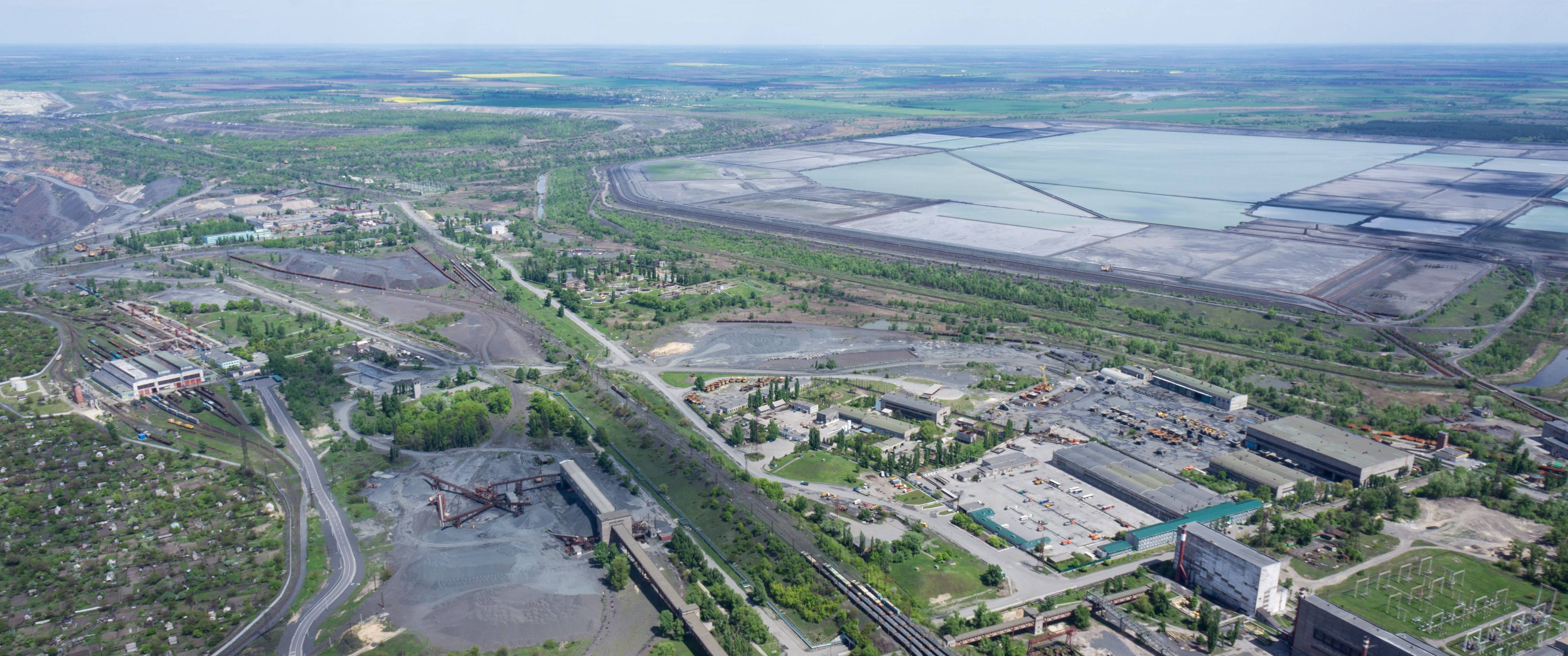Environmental stewardship
Ferrexpo aims to utilise industry best practice in its operations in order to protect the natural environment where it operates, whilst also producing a product that reduces emissions for steelmakers worldwide.
The Group's interaction with the environment comprises the air, water, wildlife and landscapes surrounding the Group's operations in Ukraine, as well as its barging subsidiary in Central and Eastern Europe.
The Group provides clear reporting on its interaction with the environment in its Annual Reports and Responsible Business Reports, both of which are available on the Group's website. The Group has published details of its activities in a standalone Responsible Business Report since 2015. Reports are published in accordance with the Global Reporting Initiative ("GRI"), which is an extensive framework of over 30 standards covering a diverse range of topics, a link to which is provided at the bottom of this page.
Tree planting
The Group regularly plants trees around its operations for the benefit of the natural environment and local habitats, in addition to stabilising slopes and helping to improve air quality. The Group has typically planted 400-500 trees a year on average for the past 15 years. In 2020, the Group joined the initiative “Greening Ukraine”, which includes a pledge to plant seedlings to restore ecosystems, and this project is part of a broader initiative across 100 countries. As a result, the Group planted over 1,500 trees in 2020, predominantly around the Group’s processing plant and maintenance workshops, consisting primarily of silver birch, maple and poplar trees, all of which are native to Ukraine. The Group is also currently operating a pilot project planting samples of Paulownia (foxglove tree) to assess the effectiveness of CO2 absorption.
Supporting Biodiversity
Ferrexpo's environmental work is predominantly focused on sustainable operations that allow for clean air and water, encouraging biodiversity and providing rehabilitation once activities cease in an area. In November 2020, the Group initiated a project to specifically assist the river ecosystem that exists in the River Dnieper adjacent to the Group’s operating base, through restocking of this river with fish to help combat harmful blue-green algae that accumulates during the summer months. This project, proposed by a Ferrexpo employee, was conducted in conjunction with the Poltava Fishery Protection Patrol, and reintroduced approximately 7,000 silver and grass carp to the River Dnieper, which are effective species for combating the occurrence of algae. This project is expected to be continued on an annual basis, to gradually improve water quality in the river over time, with results expected within the next three to four years.
Video: How Ferrexpo is supporting biodiversity in the River Dnieper
Minimising water use
Water supply is an essential part of everyday life at Ferrexpo, from servicing the needs of the Group’s workforce and local communities, to the needs of wildlife and natural habitats in the local vicinity of the Group’s operations.
Water is particularly evident at the Group’s operations in Ukraine, where the River Dnieper, one of Europe’s great rivers, runs close to Ferrexpo’s processing facilities. Whilst the Group does not directly interact with the River Dnieper, local communities are dependent on it for hydroelectric power generation as well as sports and leisure activities, in addition to the abundant local wildlife. Both the river itself, and the broader water cycle that is apparent at the Group’s operations, are key features in Ferrexpo’s social licence to operate.

For more information on the Group's efforts to manage and protect the environments in which it operates, please see the link to the Group's latest Responsible Business Report below. In May 2021, Horishni Plavni - the hometown of Ferrexpo - was recognised in an independent report by Ukraine’s Central Geophysical Observatory as having the cleanest air of 39 major Ukrainian industrial cities. This regular study of air quality in Ukraine evaluated a range of air quality indices, including the levels of dust, sulphur dioxide, carbon monoxide, nitrogen dioxide and a range of additional factors, concluding that the air quality in Horishni Plavni was at a safe level. This study's 'Integrated Air Pollution Index' recorded a result for Horishni Plavni that was 6 times lower than the same result for Kyiv and ten times cleaner than other iron ore producing cities in Ukraine1. (1 Source: https://ua.interfax.com.ua/news/economic/694295.html)Case Study: independent research affirms cleanest air

